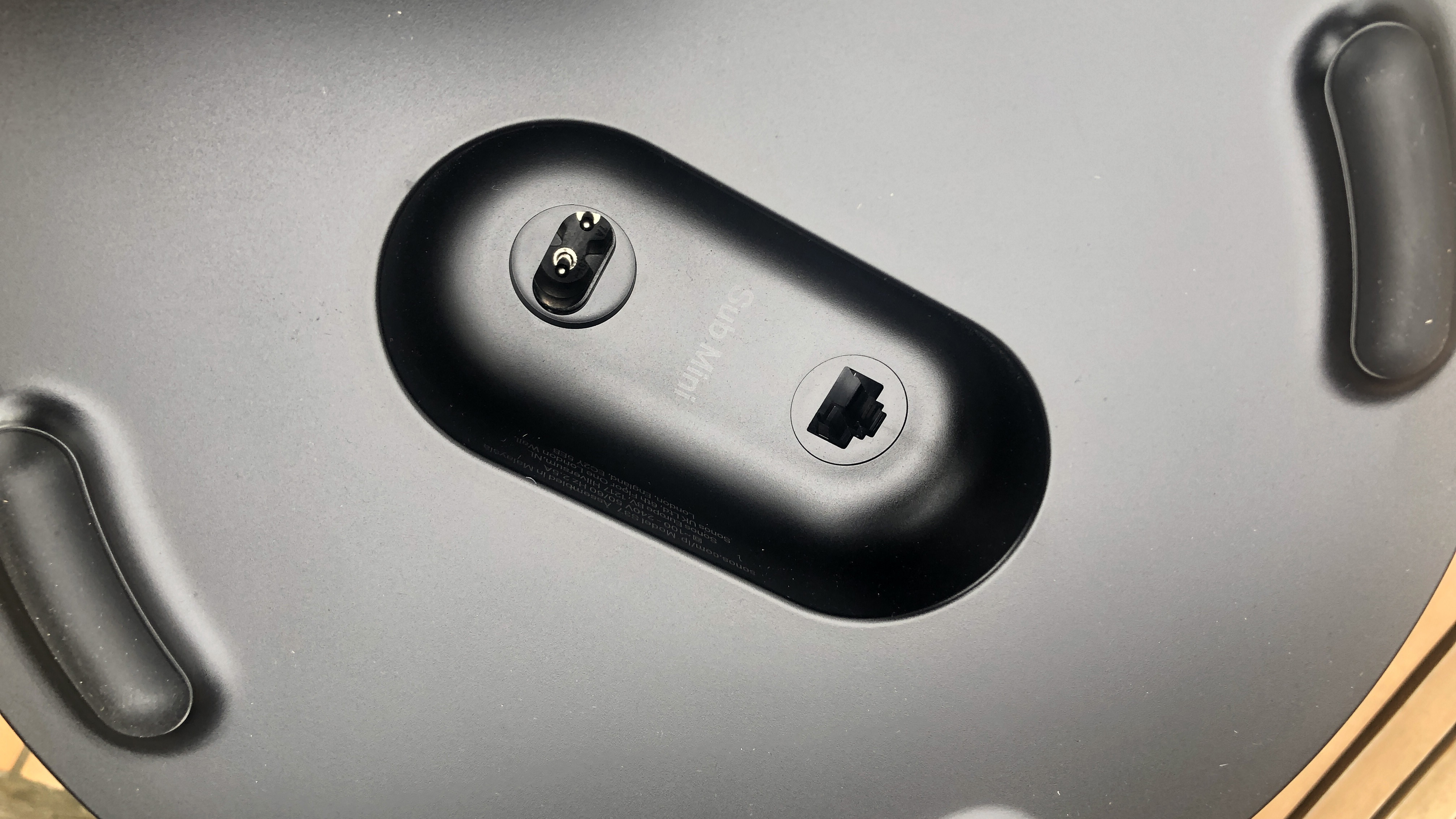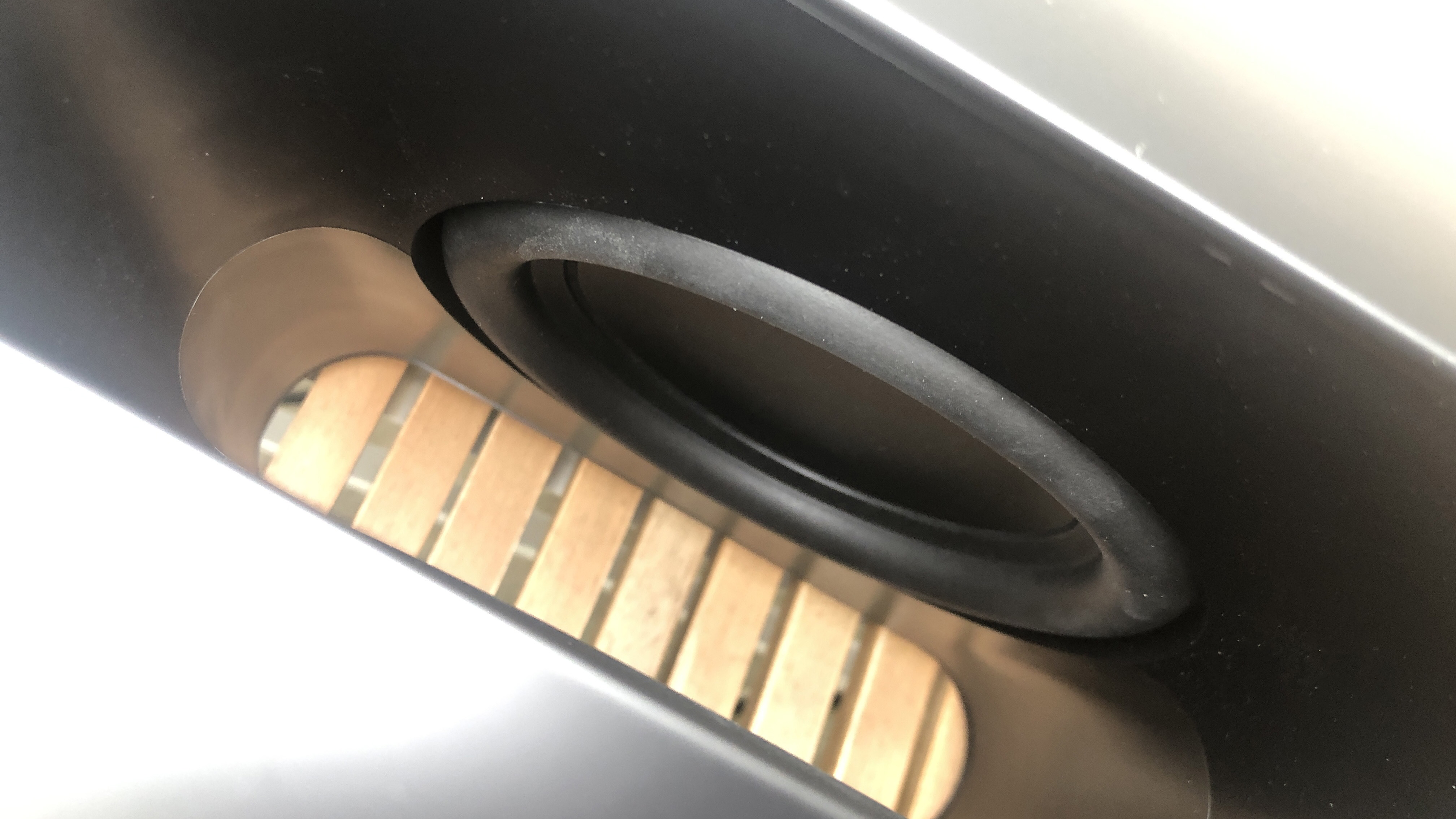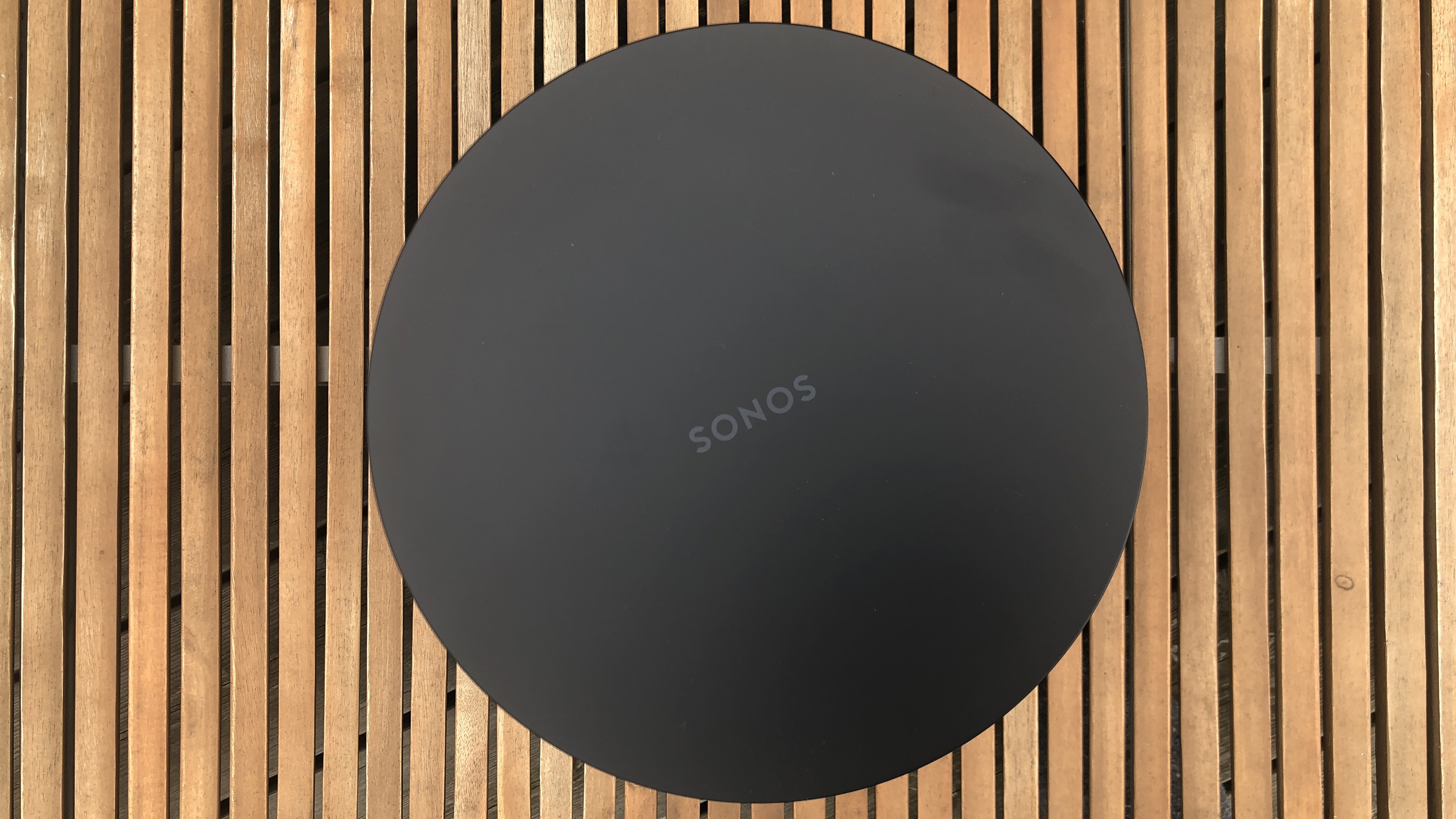Sonos Sub Mini review: bring out the bass
A smaller Sonos sub will be exactly the kind of thing many Sonos soundbar users are looking for, so is it worth it?


Finally, an affordable(ish) Sonos subwoofer to join those excellent affordable(ish) Sonos soundbars – and in quite a number of ways (not least sonically) the Sub Mini is ideal. It’s not exactly perfect, though, which makes the fact that it’s the only logical game in town for numerous Sonos owners all the more frustrating.
-
+
Punchy and agile performance
-
+
Predictable Sonos build quality
-
+
Predictable Sonos ergonomics
-
-
Lacks sonic detail and insight
-
-
Uncertain when handing over to soundbar
Why you can trust T3

Small is generally beautiful, right? Especially where size and price are concerned. It always seemed a bit weird that one of the most expensive products in the entire Sonos catalogue should be a subwoofer – and so finally, after about a year of speculation, here’s the brand's Sub Mini. It’s smaller and more affordable than the Sonos Sub, as its name makes pretty clear, so ought to be an altogether more realistic proposition for most Sonos users.
Sonos Sub Mini: Price and availability

The Sonos Sub Mini is on sale from 6 October 2022, and in the United Kingdom it’s priced at £429. In America it goes for $429. While in Australia it’ll set you back AU$699.
Admittedly this compares favourably with the only other subwoofer in the Sonos line-up, the third-generation Sub that goes for £749/$749/AU$1099. But it’s still a significant chunk of change – even for a subwoofer with Sonos system superpowers…
Sonos Sub Mini review: What's new?

Even if the Sub Mini wasn’t the product of a company that likes to play its cards close to its chest, there wouldn’t be too much to discuss here. This is ‘just’ a subwoofer, after all, and subwoofers tend not to be all that feature-rich.
Sure enough, the Sub Mini’s features are entirely focused on the job in hand. Physical connectivity runs to mains power and an Ethernet socket – both are in a recess on the bottom of the cabinet, while four rubberised feet lift the sub a little and allow cables to be easily routed. There’s a ‘pairing’ button with a tiny LED above it, and an NFC patch in the same area as the company logo on the subwoofer’s top surface. 5GHz Wi-Fi allows rapid audio transmission and, in theory at least, seamless synchronisation with a Sonos soundbar.
Two 152mm low-frequency drivers face into the space in the centre of the sealed cabinet. As with the larger Sub model, they face each other in an effort to minimise distortion and maximise output. Sonos claims extension down to 25Hz (which is proper sub-bass territory), but as usual it’s not at all forthcoming with other specification details. There are two blocks of Class D amplification, one for each driver, but the amount of power they generate is a secret.
Sonos Sub Mini review: Performance

In broad terms, the Sonos Sub Mini is a successful little speaker. It brings a whole stack of low-frequency presence to a Sonos soundbar, and makes for an altogether more cinematic experience as a result. If you want your Sub Mini to bring a little blockbuster wallop to your favourite action soundtracks, you’re certain to be impressed.
Get all the latest news, reviews, deals and buying guides on gorgeous tech, home and active products from the T3 experts
Bass extension here is very agreeable indeed – the Sub Mini reaches a long way down the frequency range, and hits with well-controlled resolve. There’s real solidity to the performance, and the Sonos describes nice straight edges at the lead-in to bass sounds. The decay of sounds is dealt with equally confidently, so even where the low-frequency stuff comes thick and fast the Sub Mini is manoeuvrable enough to stay in charge.
The bigger the big set-piece, in fact, the more the Sub Mini seems to enjoy it. It has more than enough dynamic headroom to go from ‘rumble’ to ‘roar’ in an instant, and even significant changes in volume don’t stress it or alter its sonic characteristics.

It’s where ‘sonic characteristics’ are concerned, though, that the Sonos Sub Mini starts to sound less of a sure thing. When listening to movies soundtracks, there’s a suggestion that the bass here is not as detailed or as nuanced as it might be – and if you switch to music the ‘suggestion’ becomes ‘certainty’.
The Sub Mini is a slightly blunt instrument, and it doesn’t have the insight or the subtlety that low-frequency instruments require if they’re not going to sound rather monotonal. The sort of variation in timbre and texture that’s apparent in a bass guitar, say, is alluded to here rather than made absolutely obvious. Thanks to its agile responsiveness, the Sonos is able to track even the most flamboyant of basslines – but it’s not able to find the variation as easily as it can find the speed.
Music-heavy content can also expose the rather uncertain relationship between the Sub Mini and the soundbar with which it is partnering. Of course, no one wants a subwoofer with ideas above its station – the midrange needs breathing space if it’s going to communicate effectively, and consequently the low-frequency stuff needs to keep well out of its way.
But the Sub Mini doesn’t seem willing to reach to within touching distance of its soundbar partner, and as a result there’s a dip, a sort of ‘V’ shape, in the frequency range where there should ideally be a smooth transition. The lack of positivity where the subwoofer hands over to the soundbar creates a slightly ‘gappy’ sound.
Sonos Sub Mini review: Design & usability

The Sub Mini is a cylindrical design – it’s 305mm tall and 230mm in diameter. Like its big Sub brother, it has a central void (or ‘tunnel’, as Sonos prefers) offering a glimpse of two drivers arranged in opposition. Like the majority of Sonos products it’s available in matte white or matte black finishes. Like the majority of Sonos products it’s discreet to the point of anonymity.
Also like the majority of Sonos products it’s simplicity itself to setup. The Sonos app makes integrating the Sub Mini into your wider Sonos system easy. The Sub Mini is probably more appropriate for use with Sonos’ Ray or Beam 2 soundbars, but can be used with the bigger Arc too – no matter its partner, though, pairing is rapid.
Once it’s integrated into your system, it’s as easy to operate as we’ve all come to expect from the brand. The app allows some EQ adjustment, just in case you don’t trust the TruePlay tuning feature (you should, though, it’s remarkably useful). Once you’ve balanced the output of the sub against that of the soundbar using the app, a single volume control takes care of the output of both simultaneously.
It’s worth noting you can only use one Sub Mini at a time. You can connect as many as three of the larger Sub together, but Sub Mini is a standalone deal. Which, frankly, is perfectly befitting of its being.
Sonos Sub Mini review: Verdict

Finally, an affordable(ish) Sonos subwoofer to join those excellent affordable(ish) Sonos soundbars – and in quite a number of ways (not least sonically) the Sub Mini is ideal.
The Sonos Sub Mini is very capable in quite a few ways indeed, and given that its audience is somewhat captive it’ll surely be a success. It’s not exactly perfect, though, which makes the fact that it’s the only logical game in town for numerous Sonos owners a little frustrating.
Also consider
If you want a subwoofer to work with your Sonos system, then your only other choice is the company’s bigger, more expensive Sub. Certainly it makes more sense than Sub Mini if you’ve an especially large listening room, a Sonos Arc soundbar, or both. It has the usual Sonos benefits of build quality, as well as simple setup and control, but it’s by no means the punchiest subwoofer around. And it remains a pointedly expensive option, too.
Simon Lucas is a freelance technology journalist and consultant, with particular emphasis on the audio/video aspects of home entertainment. Before embracing the carefree life of the freelancer, he was editor of What Hi-Fi? magazine and website – since then, he's written for titles such as Wired, Metro, the Guardian and Stuff, among many others. Should he find himself with a spare moment, Simon likes nothing more than publishing and then quickly deleting tweets about the state of the nation (in general), the state of Aston Villa (in particular) and the state of his partner's cat.
